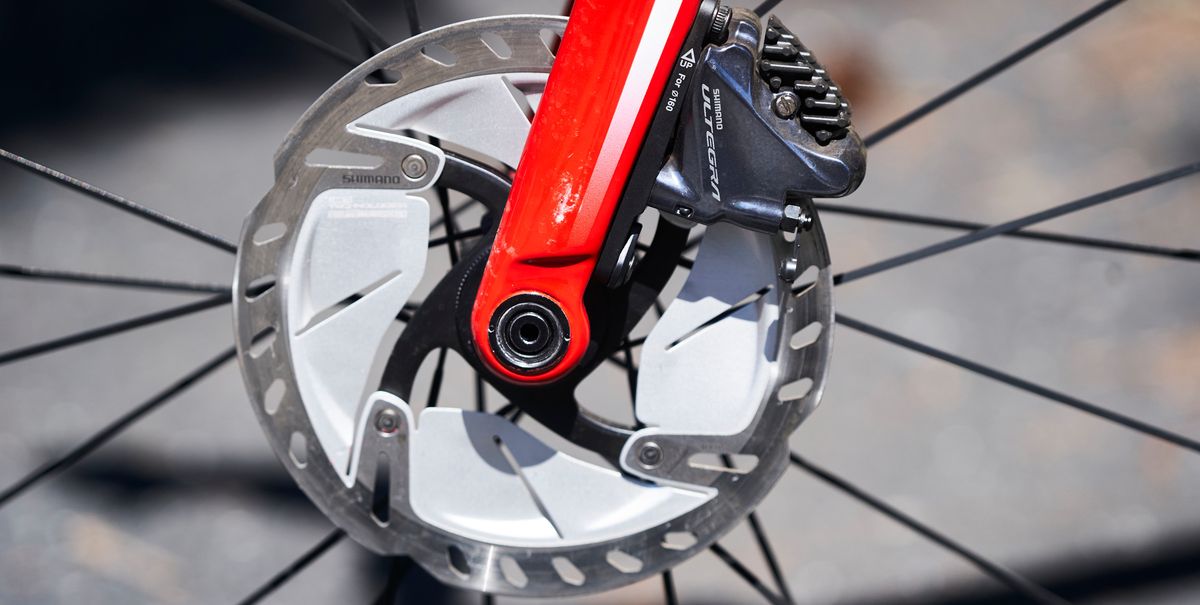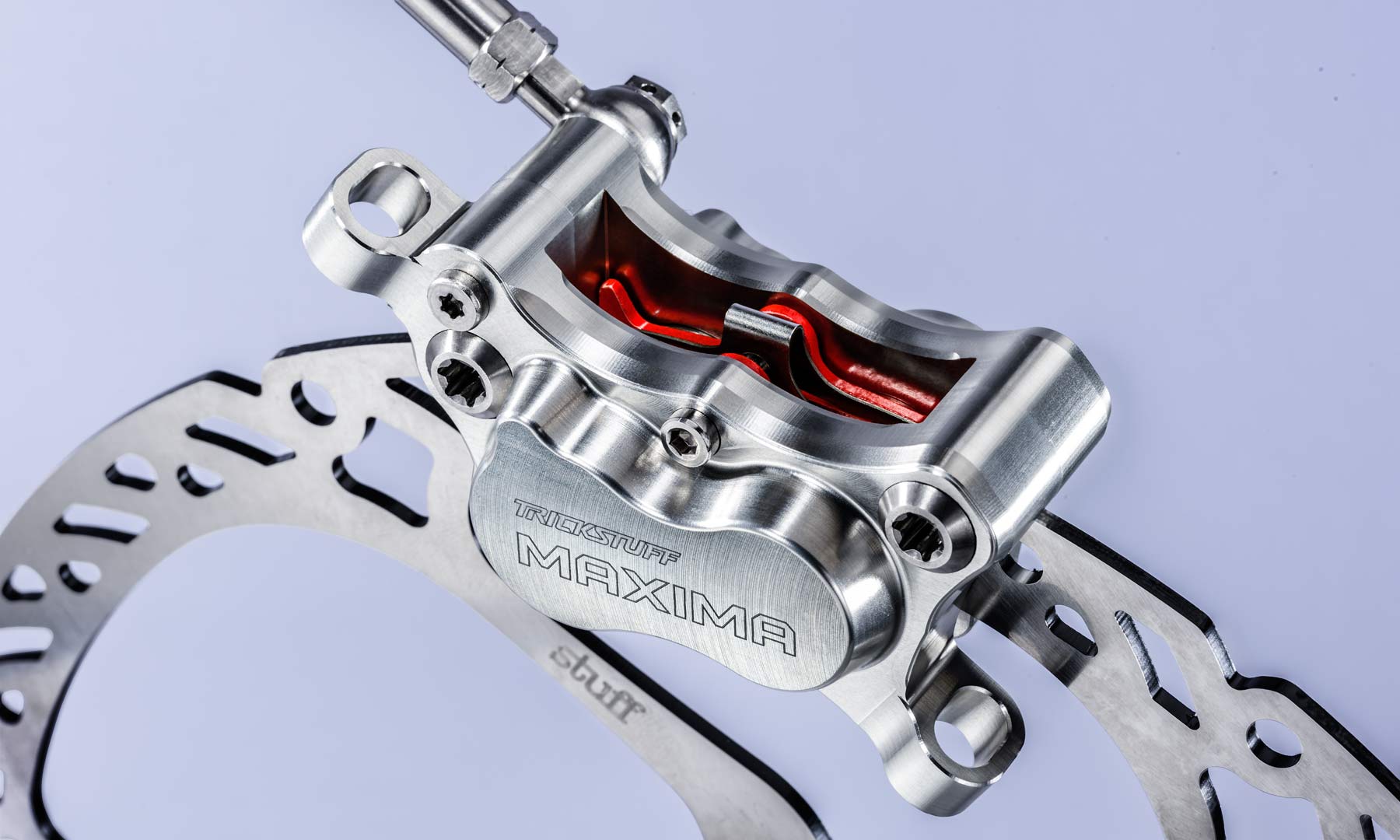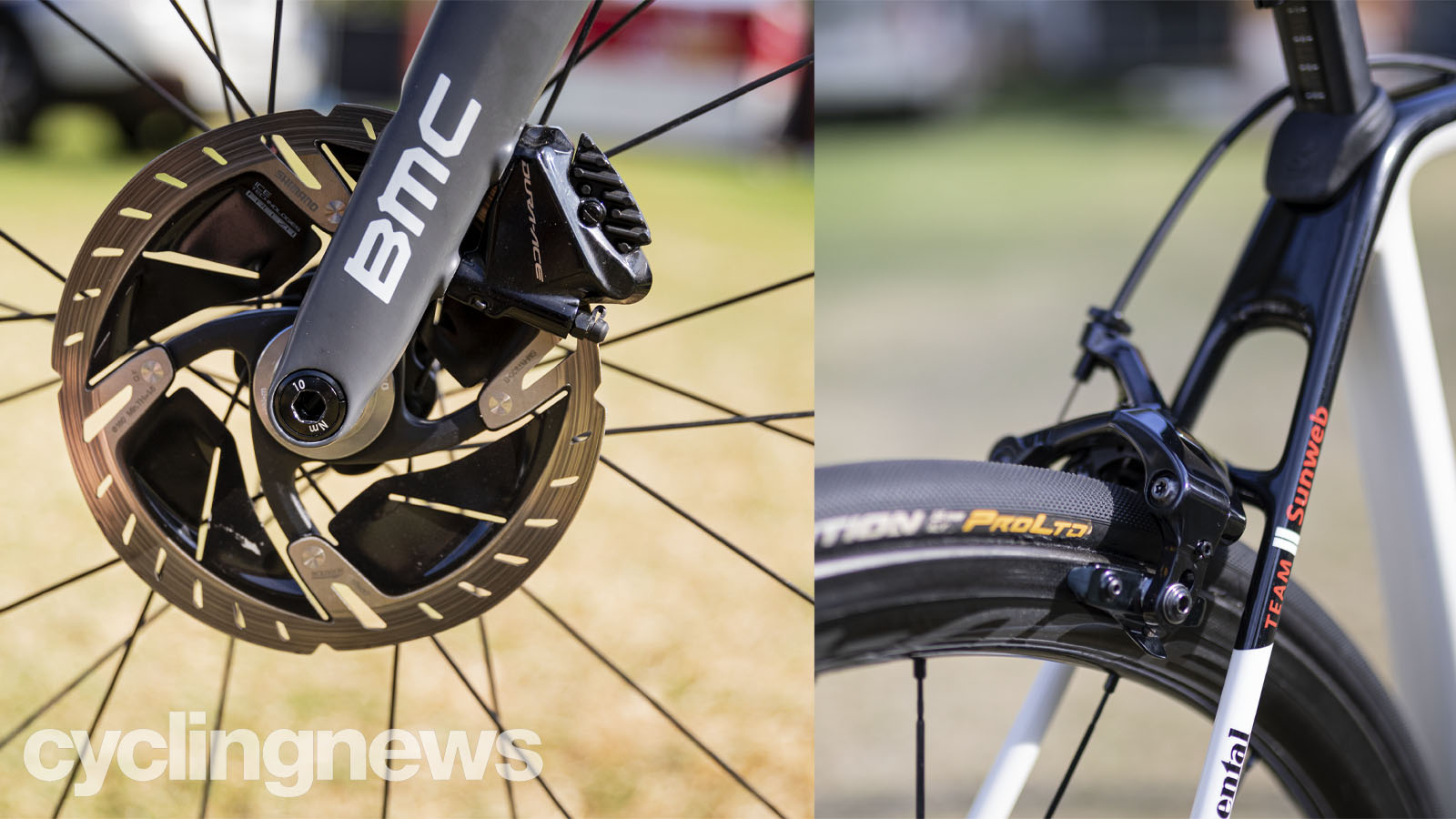Why Disk Brakes are a Game-Changer for Cyclists
In the world of cycling, safety is paramount, and one of the most critical components of a bike is its braking system. For years, traditional rim brakes have been the norm, but with the advent of disk brakes in bikes, cyclists can now experience improved stopping power, better control, and enhanced safety. By moving the braking surface from the rim to a rotor attached to the wheel hub, disk brakes offer a more efficient and reliable way to slow down or come to a stop. This technology has been widely adopted in the mountain biking world, but its benefits extend to road and hybrid bikes as well. With disk brakes, cyclists can tackle challenging terrain with greater confidence, knowing that they have the power to stop quickly and safely. Whether you’re a seasoned pro or a beginner, upgrading to a disk brake system can elevate your riding experience and provide peace of mind. In fact, disk brakes in bikes have become an essential component for many cyclists, offering a superior braking performance that traditional rim brakes simply can’t match.
How to Choose the Right Disk Brake for Your Bike
Selecting the ideal disk brake system for your bike can be a daunting task, especially with the numerous options available in the market. However, by considering a few key factors, you can make an informed decision that meets your riding needs and preferences. First, it’s essential to determine the type of bike you have – road, mountain, or hybrid – as each requires a specific type of disk brake system. For instance, road bikes typically require a more lightweight and aerodynamic disk brake system, while mountain bikes need a more robust and durable system to handle rough terrain. Additionally, you should consider the brake type, such as hydraulic or mechanical, rotor size, and caliper style. Hydraulic disk brakes offer superior stopping power and modulation, while mechanical disk brakes are more affordable and easier to maintain. Rotor size is also crucial, as larger rotors provide more stopping power, but may add weight and complexity to the system. Finally, caliper style is a matter of personal preference, with some riders preferring the sleek design of post-mount calipers, while others prefer the ease of use of flat-mount calipers. By considering these factors, you can choose a disk brake system that provides the perfect balance of performance, reliability, and convenience for your bike.
The Science Behind Disk Brake Technology
At the heart of every disk brake system is a complex interplay of components working together to provide superior braking performance. To understand how disk brakes work, it’s essential to delve into the technical aspects of this technology. The process begins with the brake lever, which is connected to a master cylinder that contains hydraulic fluid. When the brake lever is engaged, the hydraulic fluid flows through the brake hose, transmitting the pressure to the caliper, which houses the brake pads. The brake pads then make contact with the rotor, a metal disc attached to the wheel hub, to slow down or stop the bike. The rotor’s design and material play a crucial role in heat dissipation, ensuring consistent braking performance even in extreme conditions. The hydraulic fluid, brake pads, and rotor work in harmony to provide a responsive and controlled braking experience. In contrast to traditional rim brakes, disk brakes in bikes offer improved heat management, reduced brake fade, and increased stopping power, making them an ideal choice for cyclists who demand the best. By grasping the science behind disk brake technology, cyclists can appreciate the engineering that goes into creating these high-performance braking systems.
Top Disk Brake Brands for Bikes: A Comparative Review
When it comes to choosing a disk brake system for your bike, the options can be overwhelming. With numerous brands offering a range of products, it’s essential to understand the features, pros, and cons of each to make an informed decision. In this review, we’ll compare three popular disk brake brands – Shimano, SRAM, and TRP – to help you find the best option for your bike and riding style. Shimano, a well-established brand in the cycling industry, offers a range of disk brake systems, including the popular XTR and XT models. These systems are known for their reliability, durability, and excellent modulation. SRAM, another prominent brand, offers a more affordable range of disk brake systems, including the Guide and Level models. These systems are praised for their ease of use, simplicity, and excellent stopping power. TRP, a relatively new player in the market, offers a range of innovative disk brake systems, including the popular Spyre and Slate models. These systems are known for their unique design, excellent heat management, and superior braking performance. When choosing a disk brake brand, consider factors such as budget, riding style, and bike type. For instance, Shimano’s XTR model is ideal for high-performance road bikes, while SRAM’s Guide model is better suited for trail and enduro mountain bikes. TRP’s Spyre model, on the other hand, is a great option for hybrid and commuter bikes. By understanding the strengths and weaknesses of each brand, cyclists can make an informed decision and upgrade their bike with a disk brake system that meets their specific needs.
Installing and Maintaining Your Disk Brake System
Proper installation and maintenance of a disk brake system are crucial to ensure optimal performance, safety, and longevity. In this section, we’ll provide step-by-step instructions on how to install and maintain your disk brake system, including tips on bleeding, adjusting, and replacing brake pads, and troubleshooting common issues. When installing a disk brake system, it’s essential to follow the manufacturer’s instructions and take necessary safety precautions. Start by attaching the caliper to the frame or fork, ensuring proper alignment and secure mounting. Next, install the rotor, making sure it’s properly centered and secured to the wheel hub. Finally, connect the brake hose and bleed the system to remove any air bubbles. Regular maintenance is critical to ensure consistent braking performance. Check the brake pads regularly and replace them when worn out. Adjust the brake caliper and pads as needed to maintain proper alignment and clearance. Bleed the system periodically to remove any air bubbles that may have formed. Common issues with disk brake systems include spongy brakes, uneven brake pad wear, and noisy brakes. To troubleshoot these issues, check the brake pads and rotors for wear, ensure proper alignment and clearance, and bleed the system to remove any air bubbles. By following these installation and maintenance tips, cyclists can ensure their disk brake system performs optimally, providing reliable and consistent braking performance. Remember, a well-maintained disk brake system is essential for a safe and enjoyable ride, and can make all the difference in your cycling experience.
Common Misconceptions About Disk Brakes Debunked
Despite their growing popularity, disk brakes in bikes are still surrounded by several misconceptions that may be holding cyclists back from upgrading to this superior braking technology. In this section, we’ll address some of the most common myths and misconceptions about disk brakes, providing facts and evidence to set the record straight. One of the most prevalent misconceptions is that disk brakes are too heavy, which can negatively impact a bike’s overall performance. However, modern disk brake systems are designed to be lightweight and compact, with many models weighing in at under 400 grams. Another common myth is that disk brakes are too complex and difficult to maintain. While it’s true that disk brakes require more frequent pad replacements and occasional bleeding, these tasks are relatively simple and can be performed by any cyclist with basic mechanical skills. Additionally, many modern disk brake systems come with features like easy bleed ports and tool-free pad replacement, making maintenance a breeze. Some cyclists also believe that disk brakes are too expensive, but the cost of a disk brake system has decreased significantly in recent years, making them a more affordable option for many riders. Finally, some riders think that disk brakes are only suitable for mountain bikes, but the truth is that disk brakes can be beneficial for any type of bike, including road and hybrid bikes, providing improved stopping power and control in wet and dry conditions. By understanding the facts behind these common misconceptions, cyclists can make an informed decision about upgrading to a disk brake system, and experience the improved safety, confidence, and overall riding experience that comes with it.
Real-World Benefits of Upgrading to Disk Brakes
Upgrading to a disk brake system can have a transformative impact on a cyclist’s riding experience. Many riders who have made the switch to disk brakes have reported significant improvements in terms of safety, confidence, and overall performance. For example, professional cyclist, Rachel, who competes in downhill mountain biking events, switched to disk brakes after experiencing frequent brake failures with her traditional rim brakes. “Since upgrading to disk brakes, I’ve noticed a huge difference in my ability to control my speed and stop on a dime, even in the most treacherous terrain,” she says. “I feel more confident and in control, which has allowed me to push myself harder and ride more aggressively.” Similarly, recreational cyclist, John, who commutes to work on his hybrid bike, was impressed by the improved stopping power of his disk brakes in wet conditions. “I was blown away by how well my disk brakes performed in the rain,” he says. “I no longer have to worry about skidding or losing control, which has made my daily commute much safer and more enjoyable.” These real-life examples demonstrate the tangible benefits of upgrading to a disk brake system, including improved safety, increased confidence, and enhanced overall riding experience. Whether you’re a professional athlete or a casual rider, disk brakes can help you take your riding to the next level. By providing superior stopping power, better control, and enhanced safety, disk brakes can give you the confidence to ride faster, farther, and more frequently, making them a worthwhile investment for any serious cyclist.
The Future of Bike Braking: Trends and Innovations
The world of disk brake technology is constantly evolving, with manufacturers pushing the boundaries of innovation to provide cyclists with even more advanced and efficient braking systems. One of the most significant trends in recent years has been the development of more compact and lightweight disk brake systems, which offer improved performance without adding bulk to the bike. For example, Shimano’s latest XTR brake system features a more compact design that reduces weight while maintaining its legendary stopping power. Another area of innovation is in the use of advanced materials, such as carbon fiber and titanium, to create even lighter and more durable disk brake components. Additionally, there is a growing trend towards the integration of disk brakes with other bike components, such as gears and suspension systems, to create more seamless and efficient riding experiences. Furthermore, the rise of electronic disk brakes, which use electronic signals to activate the brakes, is expected to revolutionize the industry in the coming years. These systems offer even faster and more precise braking, as well as improved reliability and reduced maintenance. As the technology continues to advance, cyclists can expect to see even more innovative features and improvements in the future, such as regenerative braking systems that capture and reuse kinetic energy, and advanced sensor systems that provide real-time feedback on brake performance. With the rapid pace of innovation in disk brake technology, one thing is certain – the future of bike braking has never looked brighter. Whether you’re a professional athlete or a casual rider, the latest advancements in disk brake technology are sure to take your riding experience to the next level.








